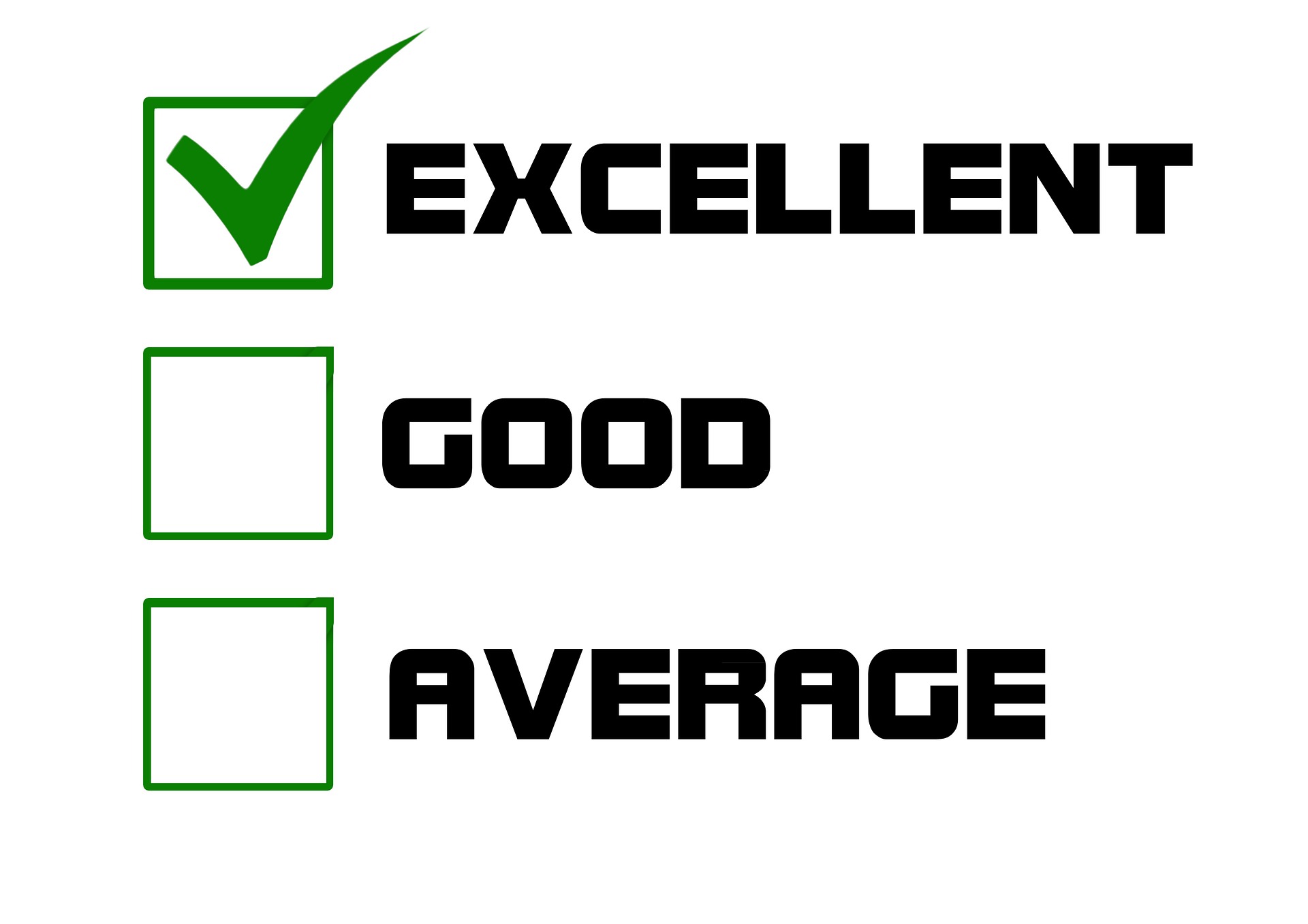This is How the Construction Contractor Evaluation Works in the Real World
It’s time to bring this process of evaluating construction contractors to a conclusion. Like most things needed to run a successful business, this process of evaluating and holding the construction industry to a level of excellence isn’t as simple as we’d like it to be.

This doesn’t mean it’s not worth the effort.
We started this series by pointing out the fact that there is a problem and that construction contractors have a worse reputation than used car salesmen. Second, we discussed why a system for rating company’s and individual’s performance would allow us to move average toward excellent. Next, we looked at what the process would include and what would be rated. Last week, we concluded with how a numerical rating would allow for accurately scoring the performance of those being evaluated.
This evaluation system will give us some clear and concrete information to help us make better decisions regarding construction projects.
- The first thing it will do is give our production team a clear understanding of what is expected of them.
- Second it will give each company and/or individual a report for each individual project.
- Third it will give production teams a rating to see how they compare to the standard of excellence.
- Fourth it will let us as the general contractor see how we rate in comparison to our standard of excellence.
- Finally, it will give us a process for comparing companies and individuals when we are going through the process of determining who will be doing specific construction projects.
Here are some examples of the evaluation process in action.
This process will start by providing companies and individuals with the evaluation process so they will know what’s expected of them. It’s unfair to have something expected without knowing what those expectations are. The contents of what is included in these expectations can be found in Part 3 and Part 4 of posts.
Let’s start by rating Painting Company A on the project that they just finished.
These are the areas to be scored, with each specific sub-section scored independently and averaged will give the score for each area.
_____ Time management – 54
_____ Attention to detail – 67
_____ Communication – 51
_____ Quality of work – 75
_____ Respect for the budget – 76
Overall project average – 65 meets standards
You can see that this company scored lower in a couple of areas and higher in others, ultimately scoring in the mid-range of meeting standards. When this company receives this report…there needs to be some attention given to the areas with the low scores.

The next thing we’ll look at is how the accumulation of scores given to subcontractors can give us, as the general contractor, a way to see how we rate in comparison to our standard of excellence.
Let’s say we’ve done a small bathroom upgrade that included a plumber, an electrician, a painter, and a carpenter. Here is each subcontractor’s overall project average score.
Plumber’s project average – 77
Electrician’s project average – 71
Painter’s project average – 65
Carpenter’s project average – 76
General Contractor’s project average – 72
This score of 72, while it falls within the area of “meets standards”, it’s below where I expect us to be. If we’re doing our job right and meeting our expectations…we should be scoring closer to 85
It looks like we have some work to do.
Finally, this system will provide us with a way to make the best choice when deciding between multiple subcontractors. For example, if we are looking for a painter to do a job, we can compare scores from previous projects or overall averages.
Painting Company A’s project average – 65
Painting Company B’s project average – 69
Painting Company C’s project average – 76
As you can see looking at these averages, there is a clear front runner. What you can’t see is what specific section scores make up these averages. For example –
Company B scored high in the areas of Attention to detail and Quality of work but scored low in Time management and Communication. While Company C scored a constant average in all areas. With this information, we, as the general contractor, can determine which painting company would be the best fit for the upcoming project.
There is no question that the construction industry has our work cut out for us to get the bar raised to excellence. Rome wasn’t built in a day and getting the bar raised that high won’t be either.
Remember, Rome was built by laying one brick at a time.

I hope this series of posts about the construction contractor evaluation has been enlightening and helpful.
We hope to have the finishing touches on this Construction Contractor Evaluation system done before much longer. When it’s ready we plan to make it available at Solution Building. Once it’s ready, get your copy and…
Join me in raising the construction industry bar.











